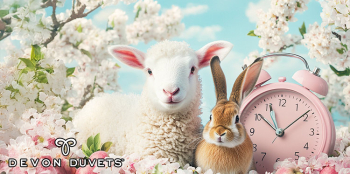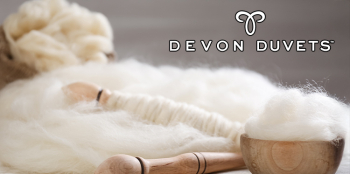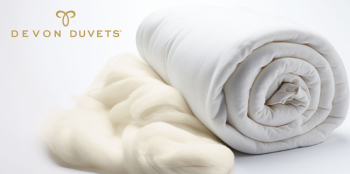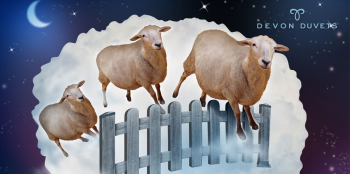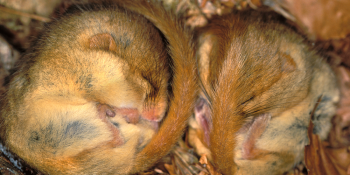Did Ewe Know?
-
April 14, 2025
Planning our holiday getaways is one of the most exciting times of the year. Read our blog where we suggest nine unusual places to sleep on your holiday - and make it an exciting part of your trip. Check out glass igloos, double decker buses, yurts and more... We also mention our option of making bespoke bedding to top up the luxury in your campervan or motorhome.
-
March 31, 2025
Refreshing your bedroom can help you to create a better sleep environment - and Spring is the perfect time to make a start! In our blog we suggest five ways in which you can do this, including a change to bedding that's made with natural materials and exploring how aromatherapy can help you to relax before bedtime.
-
March 24, 2025
Daylight Saving Time - or British Summer Time as it is known in the UK - means that we put our clocks forward by one hour so that we can enjoy lighter, longer evenings. In our blog we discuss why this can interfere with our body clock for a while and suggest some lifestyle tips that can help to lessen the effect whilst our bodies adjust.
-
March 17, 2025
Britain's heritage and wool has been synonymous for centuries, dating back to Roman times. In our blog we discuss how wool became the cornerstone of the British economy, the importance of the British Wool organisation's role in wool grading and animal welfare - and why British sheep farming is still important today.
-
February 09, 2024
We've been making luxurious, individually handcrafted British wool duvets, toppers and pillows for over 15 years and during that time we've also answered a lot of questions about our products! We've put together some of our most frequently asked questions in this blog (and provided some links that you might find useful)...but if you have anything else you'd like to ask before purchasing from us, then do let us know.
-
February 02, 2024
There is a lot of information available about sleep and why it is so important for our mental and physical health. In this blog, you'll find 10 facts about sleep that you might not be aware of, including why external stimuli can sometimes be incorporated into our dreams.
-
December 15, 2023
Until more recent decades, Santa Claus was known as 'Father Christmas' in the UK. They were originally completely separate figures associated with the festive season but are now generally thought of as as one and the same. Read our blog to discover their stories.
-
November 24, 2023
At Devon Duvets we love British wool and are committed to supporting our hard working sheep farmers. But did you know that Britian is one of the largest wool producers in the world? Read our blog to discover 5 facts about British wool.
-
July 17, 2023
Have you ever wondered about the origin of the belief that counting sheep can help you to sleep? And does it really work? We've done some research to check out these questions so read on if you want to know more!
-
February 21, 2023
Did you know that wool duvet tog ratings work differently from other types of duvets? That means you might have to re-think what 'weight' of wool duvet you need for a great night's sleep. Read our guide to find out more about wool tog ratings and which might work best for you.
-
November 04, 2022
Why do we feel sleepier in Winter? In our blog we discuss why this happens and also take a look at how some or our animal friends, around the world and in the UK cope with the Winter through 'winter lethargy' or hibernation.
-
June 29, 2022
New research, conducted by British Wool to mark its ‘In Bed With The Menopause’ campaign, found that 65% of women didn’t know the menopause could affect sleep until going through it. The research also looked at the wider effects of the menopause and the symptoms women were experiencing.





